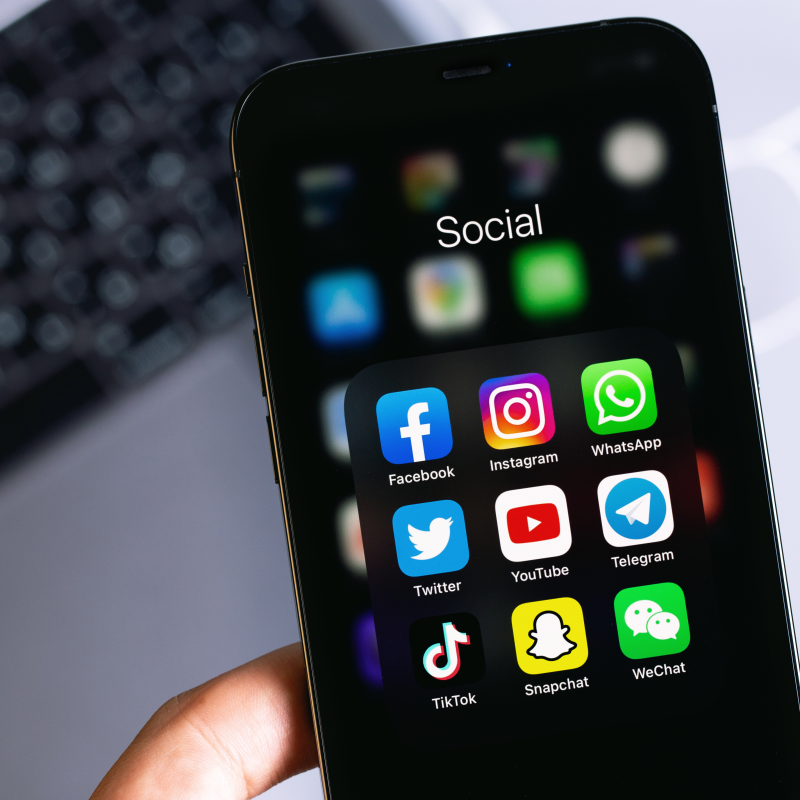“If you’re not paying for the product, you are the product.” This quote, attributed to former Google ethicist Tristan Harris, sums up the goal of most social media platforms: capture user attention and keep it for as long as possible. Platforms like Facebook, TikTok, and Instagram capture user data and attention and sell it to advertisers who hope to profit from that attention. But attention, like most resources, is a limited commodity, so platforms must compete for it. They can do this by improving the quality of their service and hopefully attracting new users or by turning to tactics that retain user attention but decrease service quality, like intrusive notification systems or a newsfeed full of low-quality content.
In “Addictive Platforms,” published in February in Management Science, Culverhouse’s Dr. Byung-Cheol Kim and collaborator Shota Ichihashi (Queen’s University) study how competition interacts with platform behavior, the quality of service, and the welfare of the consumer. To do this, they created a mathematical model where platforms choose how addictive—how capable of capturing consumer attention—their services will be, then a consumer chooses platforms to join and allocates her attention. “Platforms will strategically choose their addictiveness, which will affect users’ platform choices and their online behaviors in anticipation of the impact of addictiveness on their revenues and profits,” Kim said.
The researchers found that when a platform feature lowers service quality but increases addictiveness, the firm faces a trade-off: encourage participation or capture attention? Some variables, they found, factor into the optimal level of addictiveness for a given platform, like how much it costs to invest in higher addictiveness, and how consumers respond.
They also found that for some platforms, it makes sense to self-regulate some addictive features. For instance, platforms could give users the option to hide “likes” or stop infinite scrolling. This could help balance participation and attention. They also learned that platforms attain lower addictiveness and higher service quality when competing in prices.
The authors suggest that future studies could also take into account things like user behavioral biases, and how firms could exploit them to capture attention. Additionally, they draw attention to platforms’ choices of business models and how they choose addictiveness: this could be a fruitful area for future study.
“We need to understand this dynamic channel better in the future, and our research is a first step in this endeavor,” Kim said.

